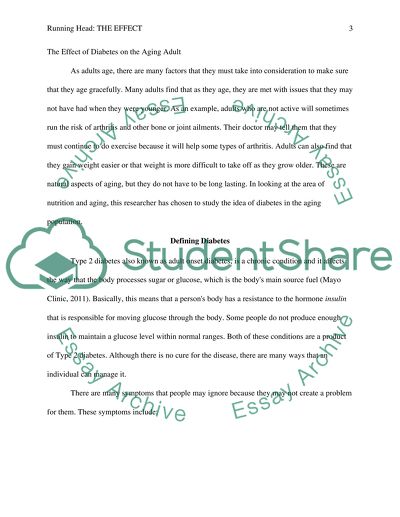Cite this document
(“The Effects of Diabetes on Aging Adults Research Paper”, n.d.)
Retrieved from https://studentshare.org/family-consumer-science/1413053-the-effects-of-diabetes-on-aging-adults
Retrieved from https://studentshare.org/family-consumer-science/1413053-the-effects-of-diabetes-on-aging-adults
(The Effects of Diabetes on Aging Adults Research Paper)
https://studentshare.org/family-consumer-science/1413053-the-effects-of-diabetes-on-aging-adults.
https://studentshare.org/family-consumer-science/1413053-the-effects-of-diabetes-on-aging-adults.
“The Effects of Diabetes on Aging Adults Research Paper”, n.d. https://studentshare.org/family-consumer-science/1413053-the-effects-of-diabetes-on-aging-adults.


